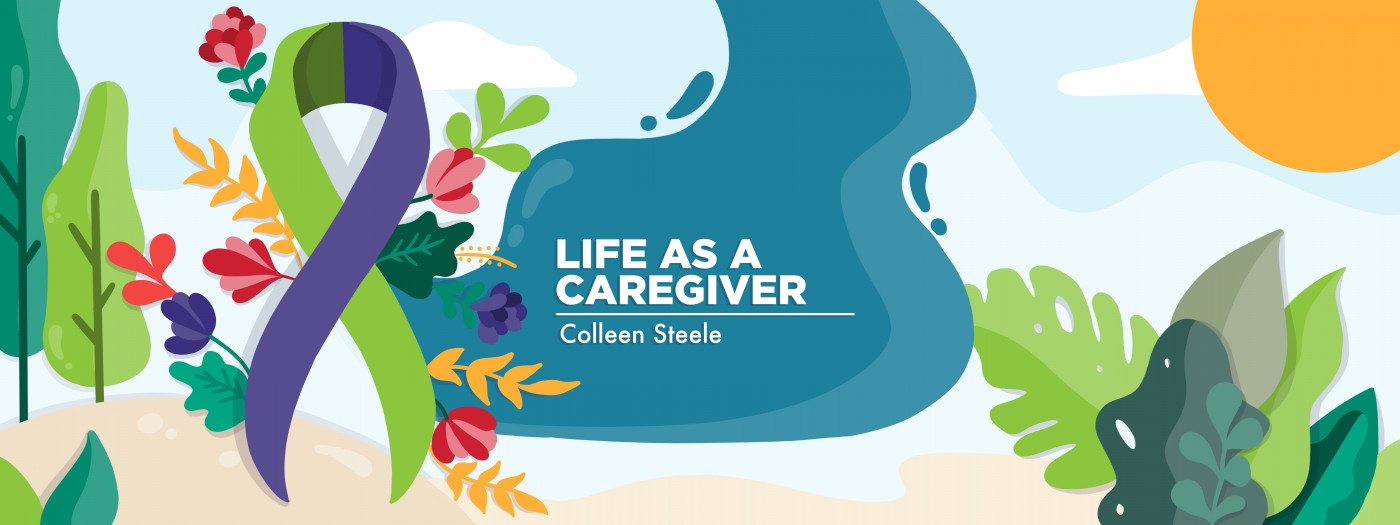My Son’s PAH Diagnosis Came With an Education for the Caregiver
How a parent tackles years of anatomy, science, chemistry, and other subjects

In 2008, my then 8-year-old son, Cullen, was diagnosed with pulmonary arterial hypertension (PAH) following a right heart catheterization procedure. I spent much of that night researching, taking notes, and writing questions and concerns about this rare and incurable disease, which I’d never heard of until that day.
The next morning, I walked into the follow-up doctor consultation holding hands with my husband, Brian, and carrying a notebook and binder filled with the results of my research.
Reading social media posts of students returning to school this month has me thinking about that day and those leading up to the present.
The American philosopher and academician Allan Bloom said, “Education is the movement from darkness to light.” I believe education was the candle that helped guide my family through years of PH treatments and the heart and double-lung transplant Cullen received in 2014.
Every PH or transplant patient’s curriculum is unique, as is their caregivers’, but they share some common core standards. Here are the highlights from my caregiver education in PH and transplants.
Note taking and organization
Reading and writing have always been a part of my learning style, so I made sure I had Cullen’s medical notebook and binder for every appointment, emergency room visit, and hospitalization.
Especially in the beginning, when PH was essentially a foreign language, I was afraid I’d forget important points, so I took notes at every appointment. I took down unfamiliar medical terms so I could look them up later and write the definitions. I figured the better I could communicate with the doctor, the better I could advocate for Cullen.
The binder comprises dividers and folders to help organize important appointment and procedure summaries, medical history, emergency contacts, and a medication list, which includes the generic and brand names, dosages, and purpose. I also added a business card insert for the many specialists and pharmacies involved in Cullen’s care.
Medical science
Medical words were not the only thing I studied. I also felt it was important to learn the medical science to help me better understand PAH.
Math and science were my least favorite subjects in school. I always struggled with both, but this time was different. I needed the A to help my son PHight to stay alive. Learning came easy for this reason.
I read as much as possible about PAH and asked Cullen’s doctors and nurses questions. If I still didn’t understand, I asked them to explain in another way. I reeducated myself on anatomy, focusing on the heart and lungs and how they function. I read about and watched videos to help me understand Cullen’s various routine tests and procedures. During hospital rounds, I listened as intently as the residents while the doctors discussed Cullen’s health. Eventually, I found myself able to answer some medical questions the residents asked.
Am I saying I was on my way to becoming a nurse or doctor? Certainly not, but the more I learned, the more confident I felt as a caregiver.
Chemistry
Cullen was placed on triple therapy to treat his PAH. All I had to do with Tracleer (bosentan) and Revatio (sildenafil) was to get Cullen to swallow them. But as I shared in a previous column, continuous intravenous Flolan (epoprostenol GM) was a huge responsibility that my husband and I took on.
We were taught to properly mix Flolan and diluent and how to read and follow a dosing chart. The chart would begin with the example I give below and continue with an increase of 1 milliliter per day every two to three days. Eventually, a new concentration of Flolan would be needed, and we’d have to program the pump accordingly.
Flolan IV: rate in mL per day: 82
Dose in ng per kg per minute: 27.6
Concentration in mg per mL: 15,000
Use per 100 mL diluent: 1.5 mg vials: 1
It looks daunting, but honestly, it wasn’t as difficult to learn as we thought it’d be, and the hospital would not discharge Cullen until we aced multiple demonstrations of our ability to mix Flolan and program the pump that administered it.
Study groups and sharing
In previous columns, I’ve written about the special PHriends Cullen has made over the years and their wonderful parents, who became my friends and study partners. We learned through each other’s experiences, and we shared what fumes of energy we were often running on to help each other out in whatever ways we could.
I couldn’t have asked for better classmates.
Book reports
I began my experiential learning and theoretical education in PAH with a Bachelor of Arts in English. Sharing Cullen’s story through writing has been a part of my self-created syllabus that I’ve enjoyed. It’s been therapeutic for me and hopefully helpful for others.
If you’ve just begun learning about PAH, apply your favorite creative outlet to your syllabus, too.
Note: Pulmonary Hypertension News is strictly a news and information website about the disease. It does not provide medical advice, diagnosis, or treatment. This content is not intended to be a substitute for professional medical advice, diagnosis, or treatment. Always seek the advice of your physician or other qualified health provider with any questions you may have regarding a medical condition. Never disregard professional medical advice or delay in seeking it because of something you have read on this website. The opinions expressed in this column are not those of Pulmonary Hypertension News or its parent company, Bionews, and are intended to spark discussion about issues pertaining to pulmonary hypertension.









Leave a comment
Fill in the required fields to post. Your email address will not be published.